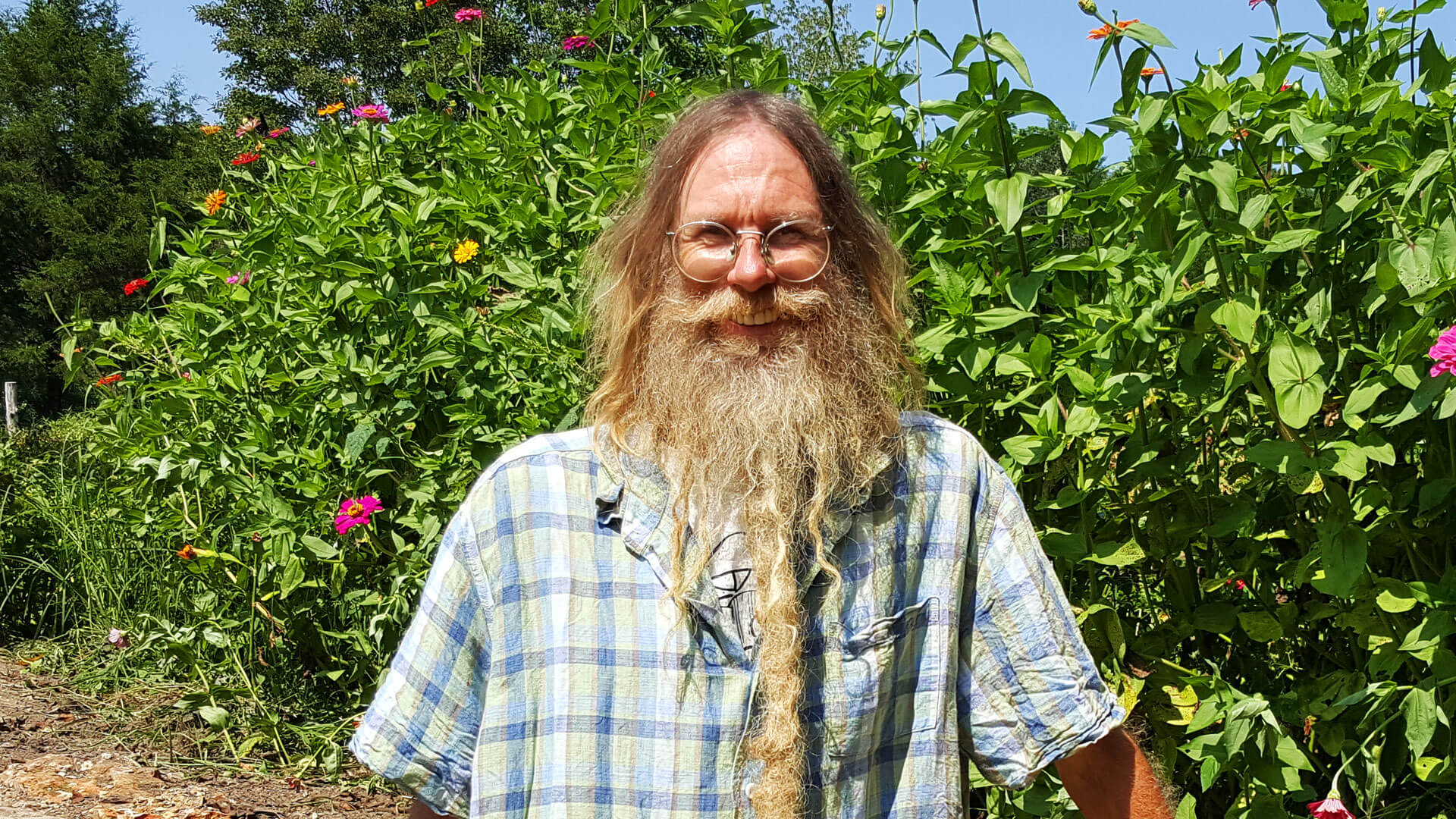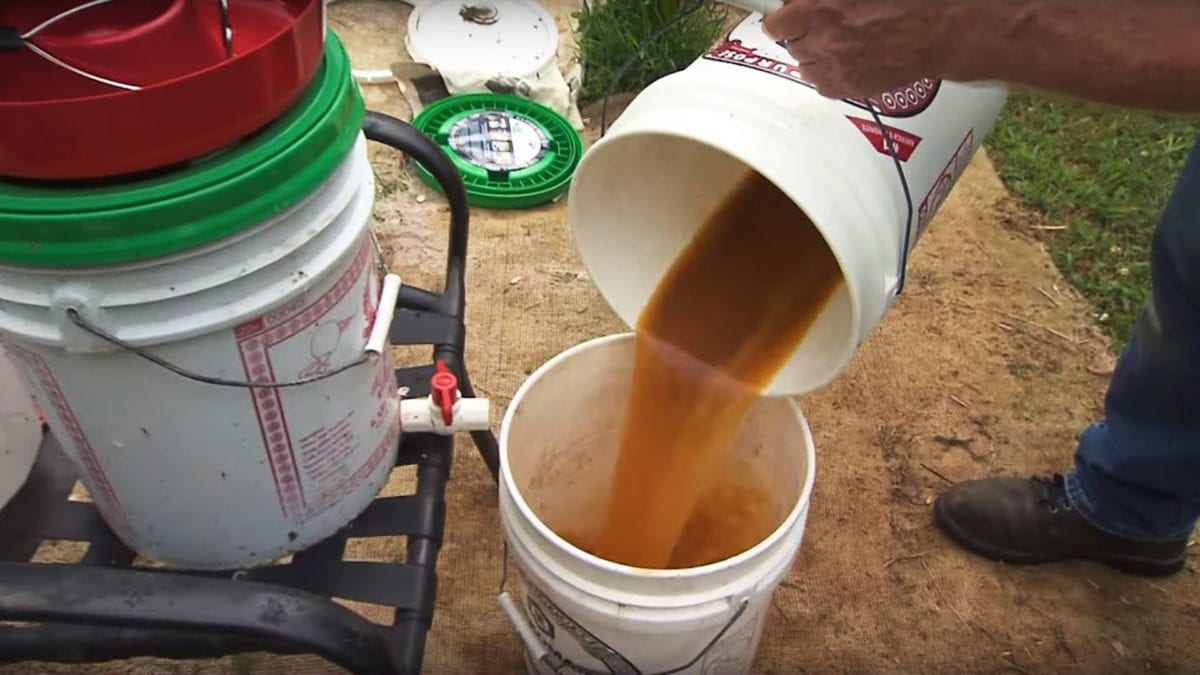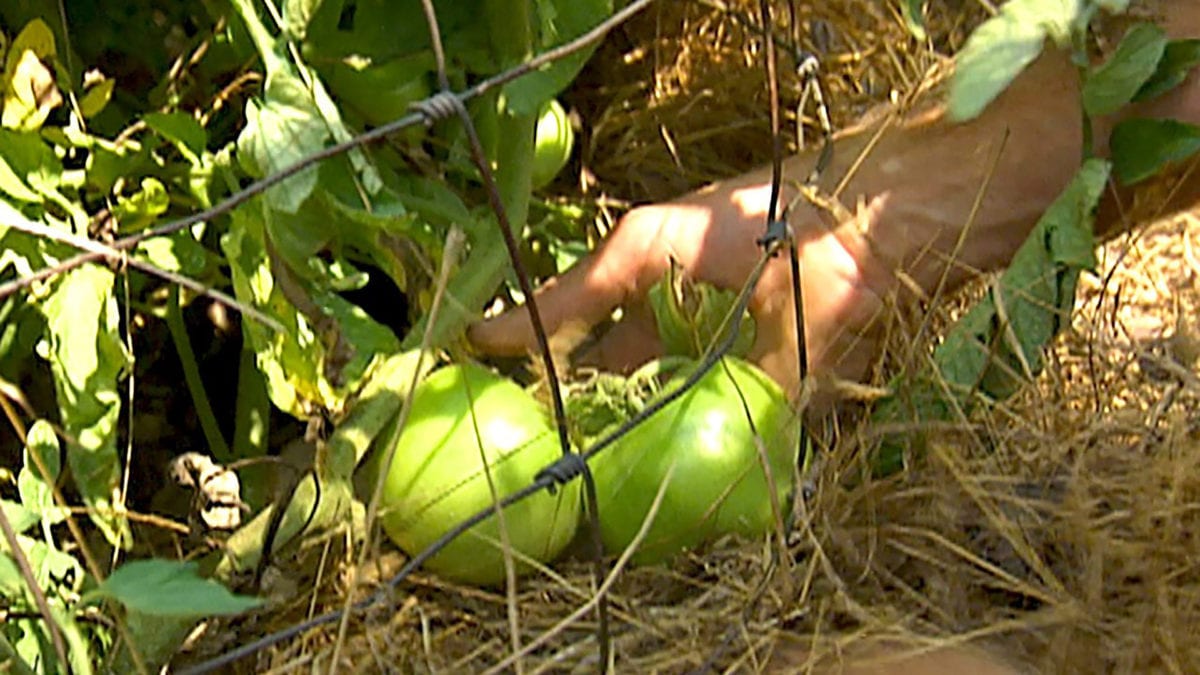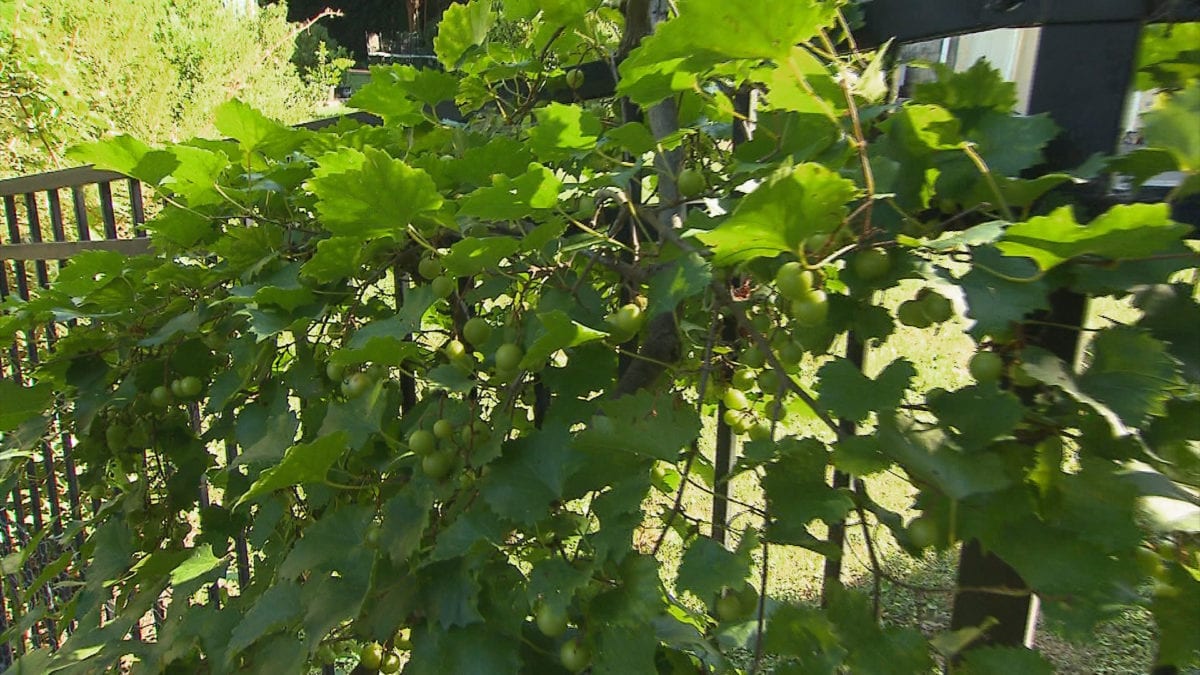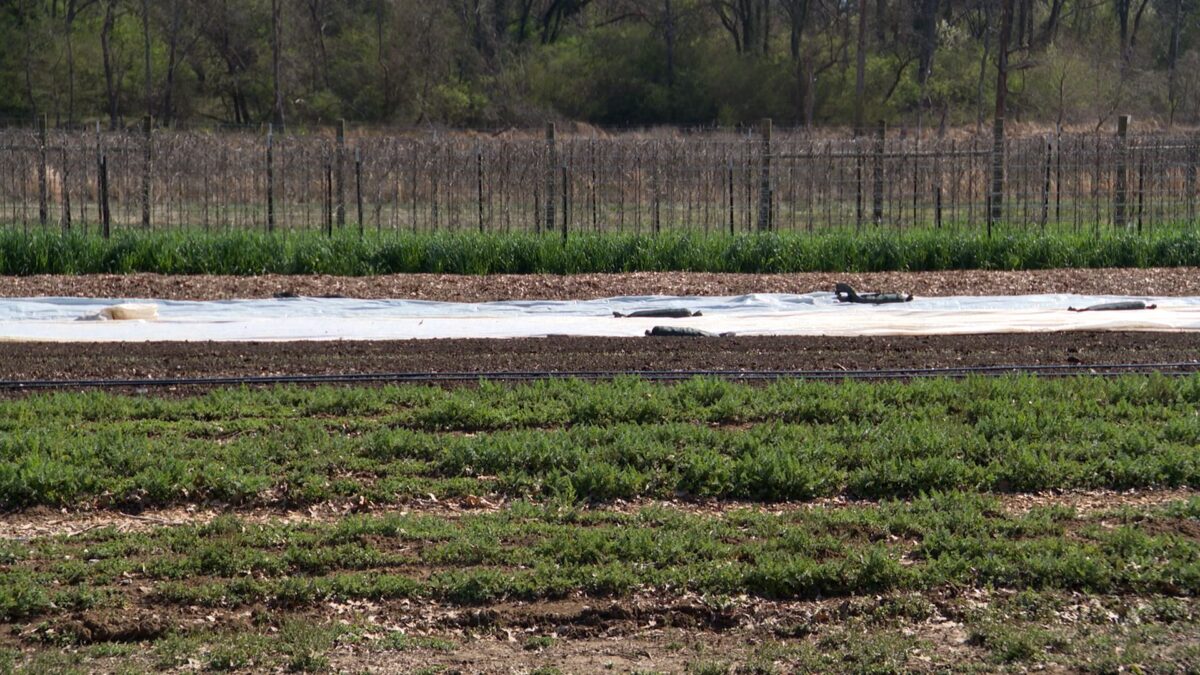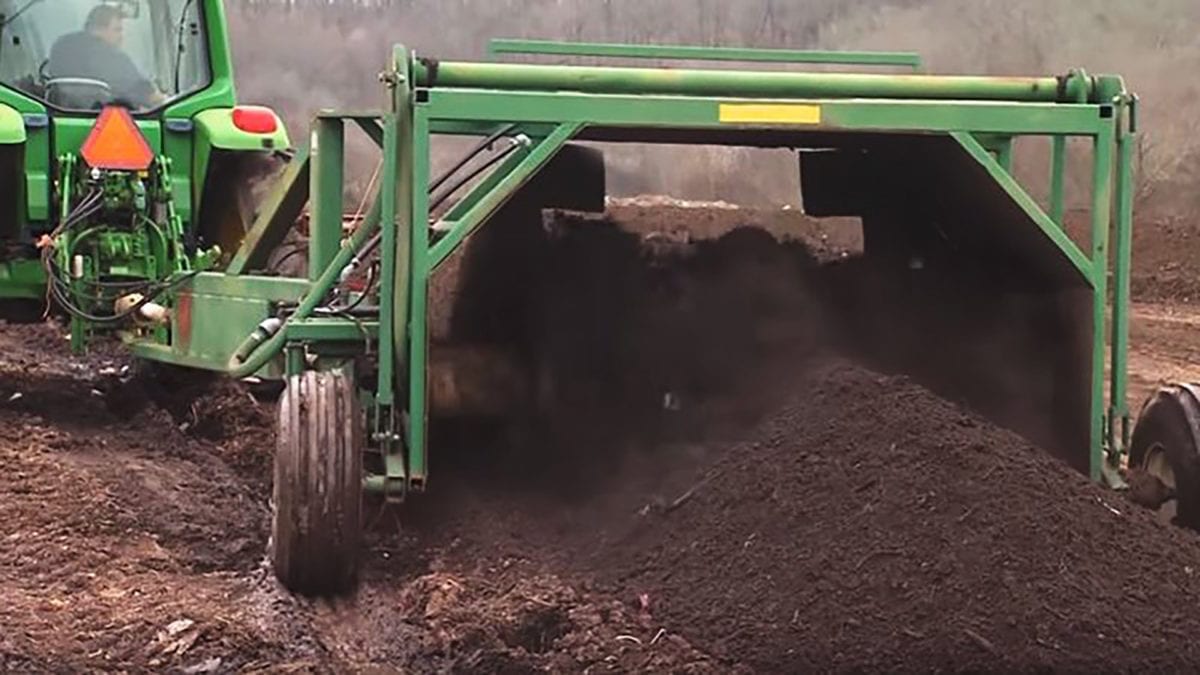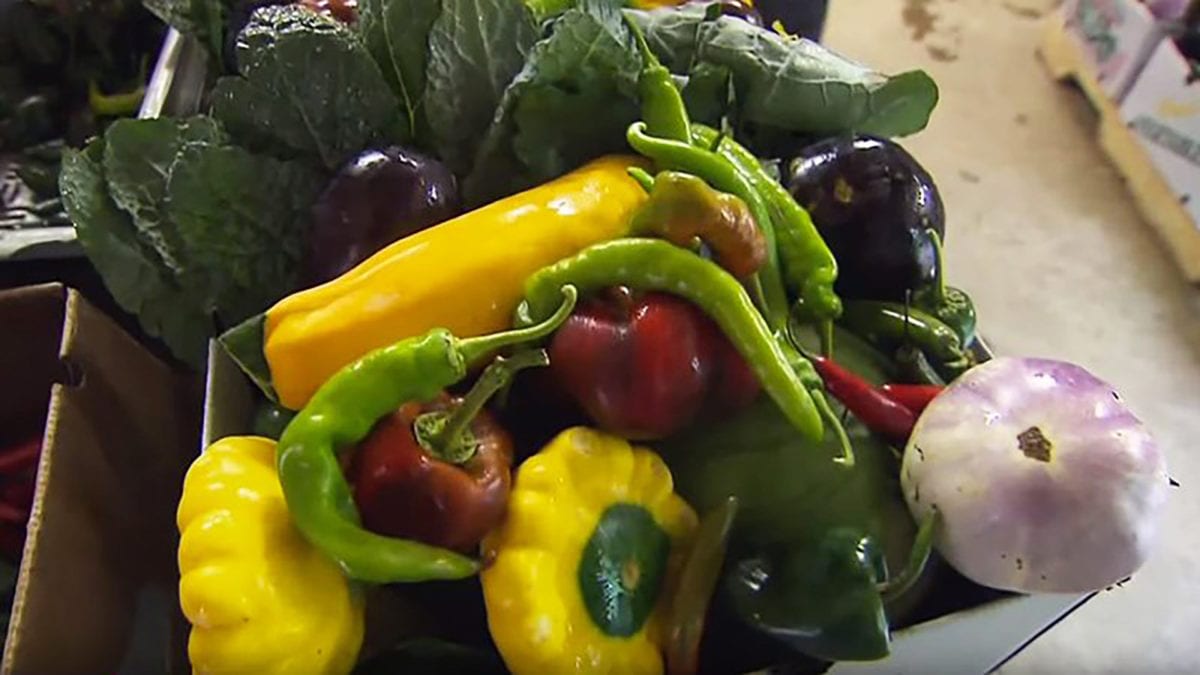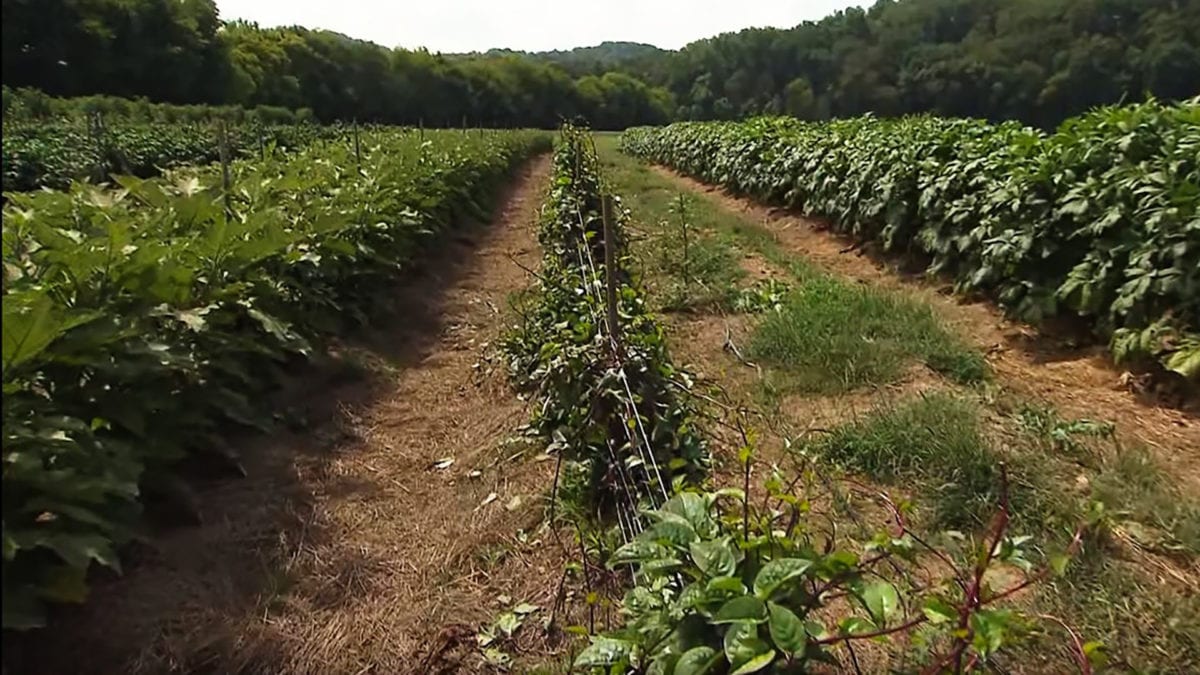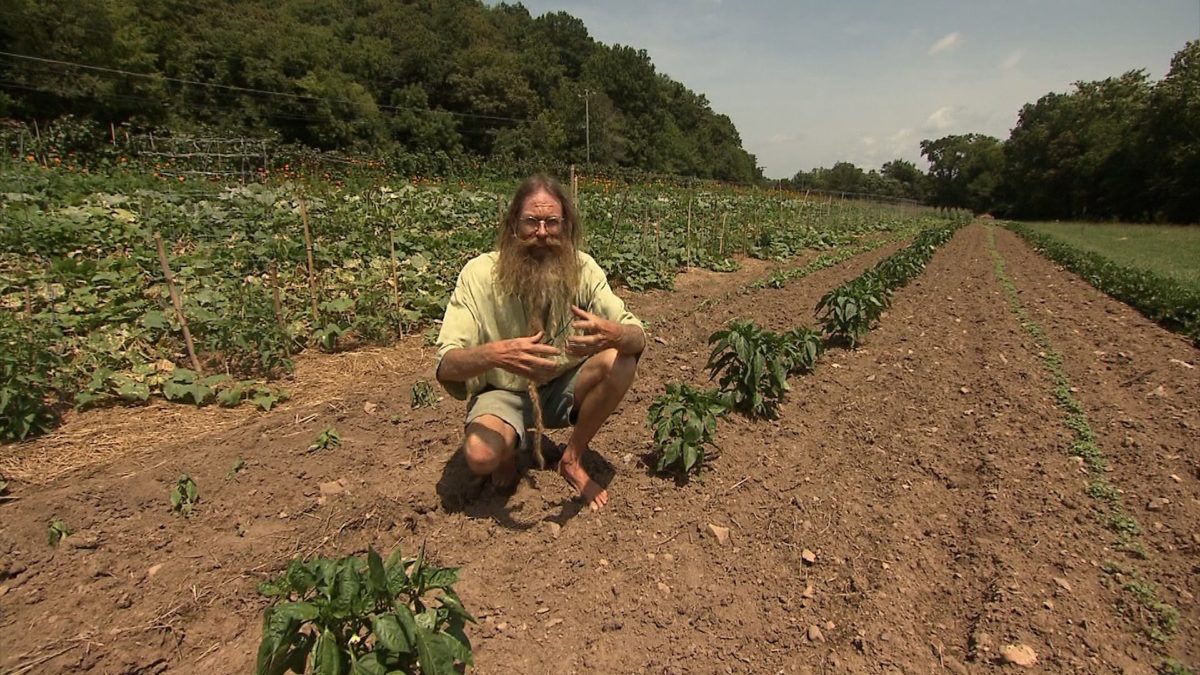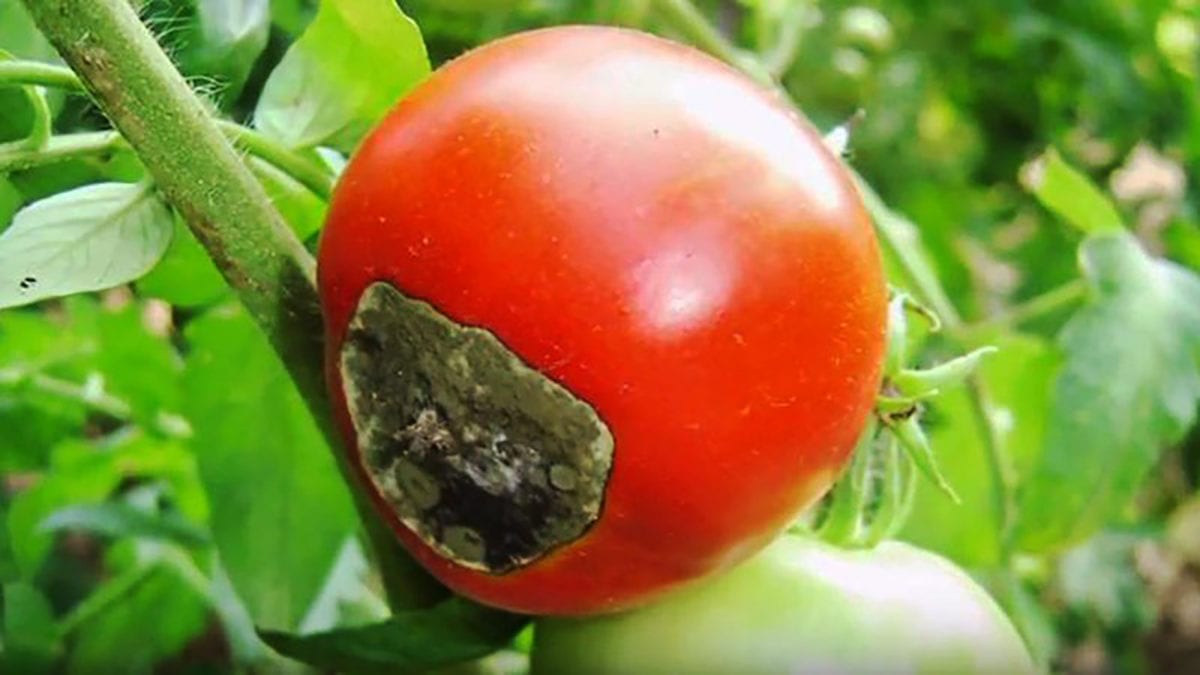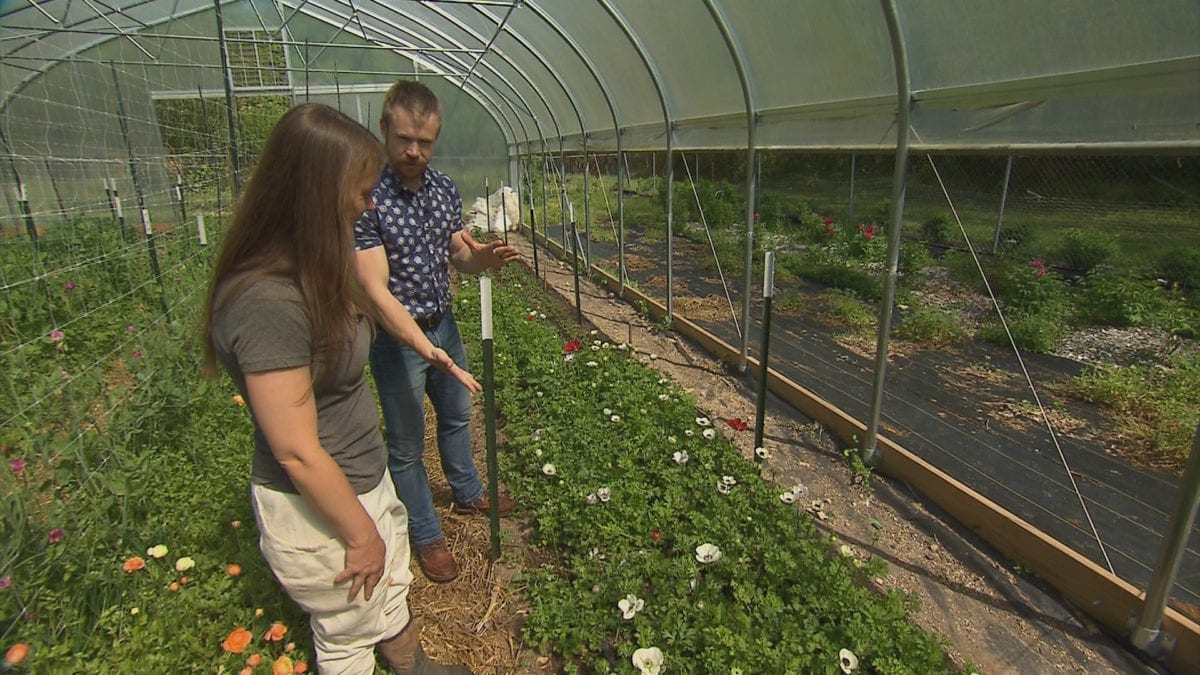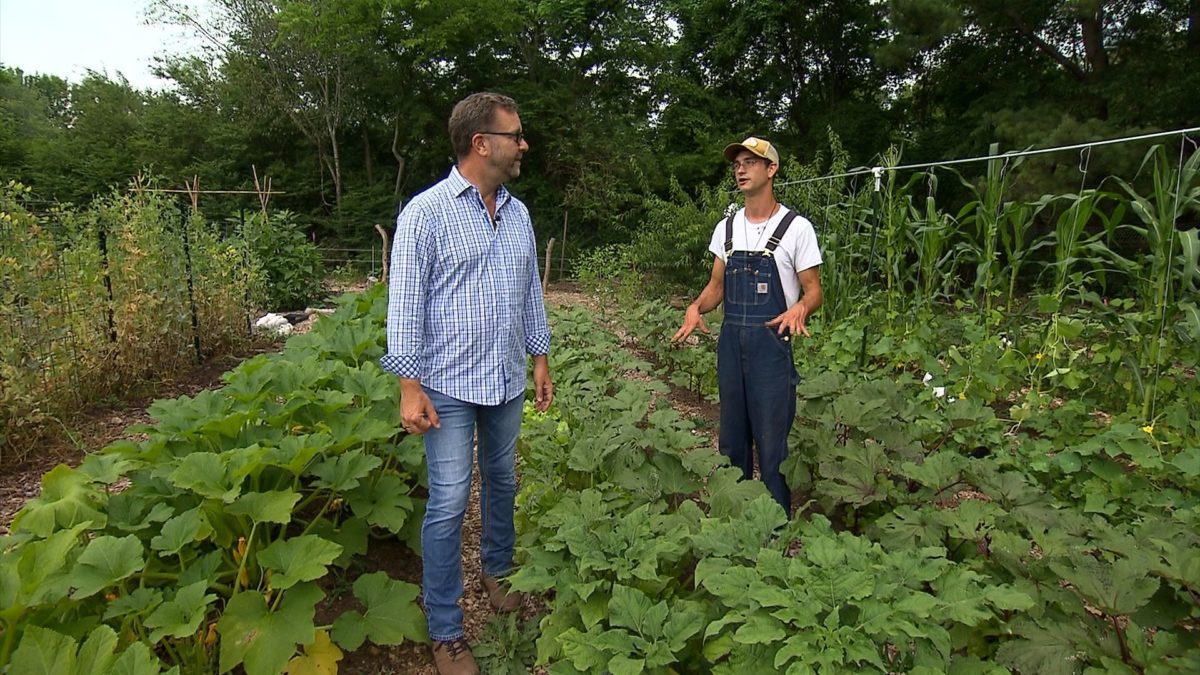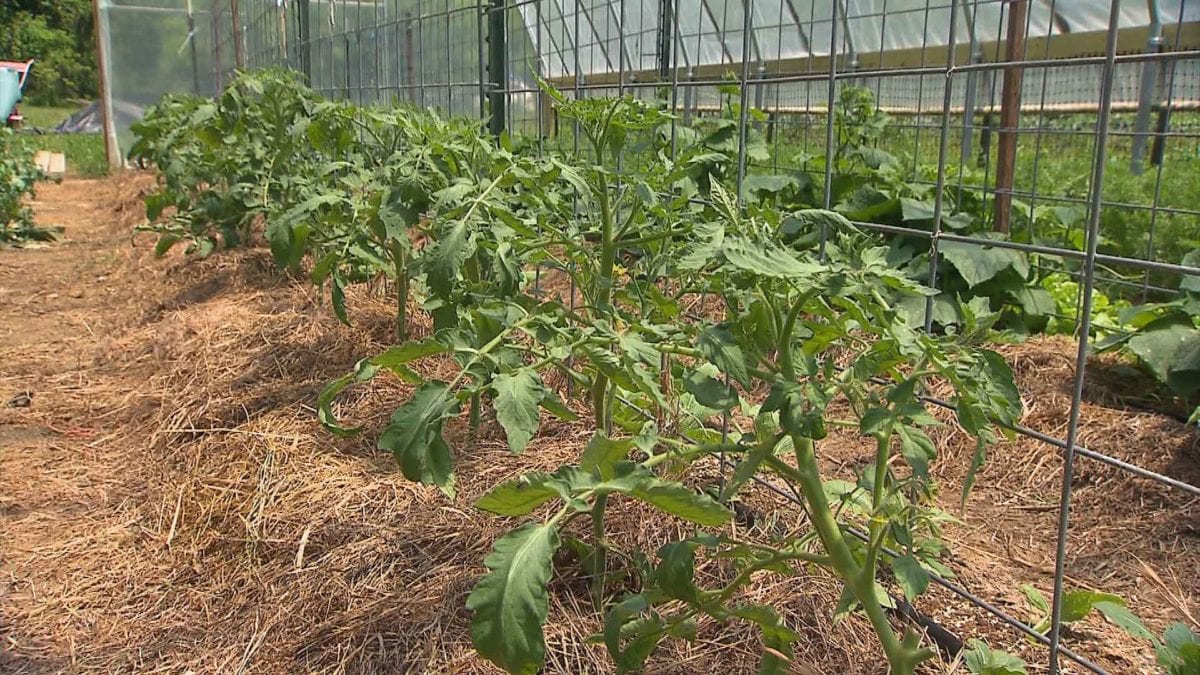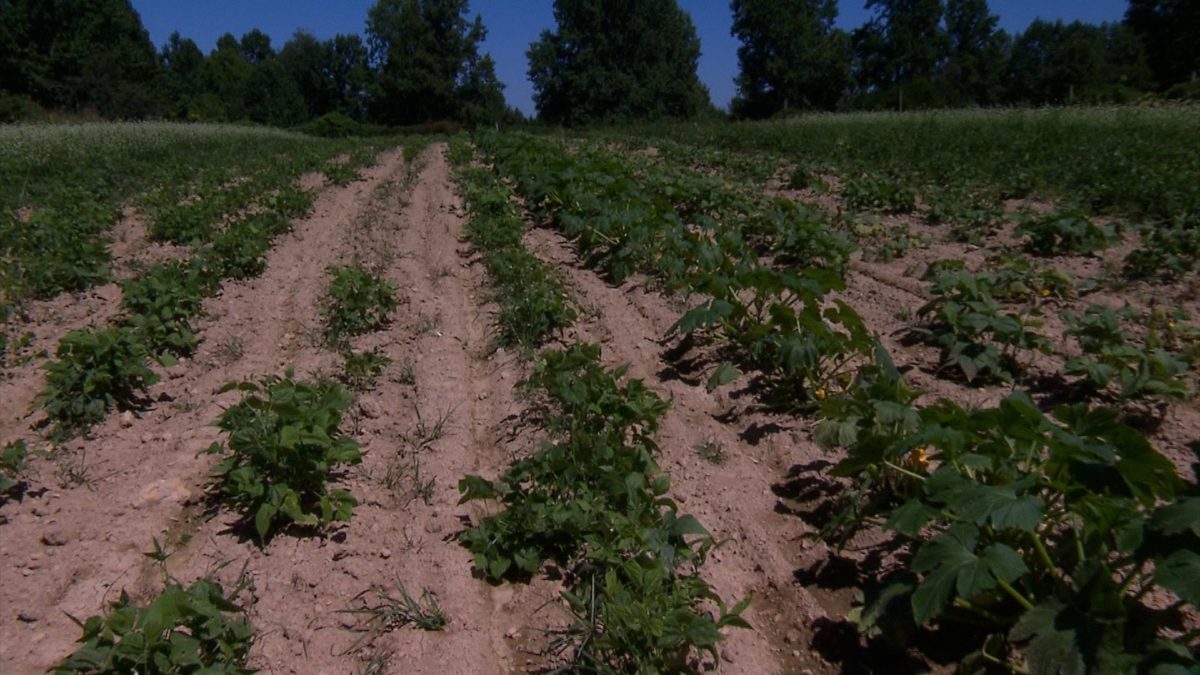Enriching the Compost Pile with Herbs and Weeds
Jeff Poppen, an experienced biodynamic farmer, shares his techniques for enhancing the compost pile comprised of hay, manures and plant residue. He chooses a variety of weeds and herbs that he adds to the pile, and these are in three different forms: live, dried and fermented. Jeff explains the attributes each herb or weed adds to the power of the finished product.

